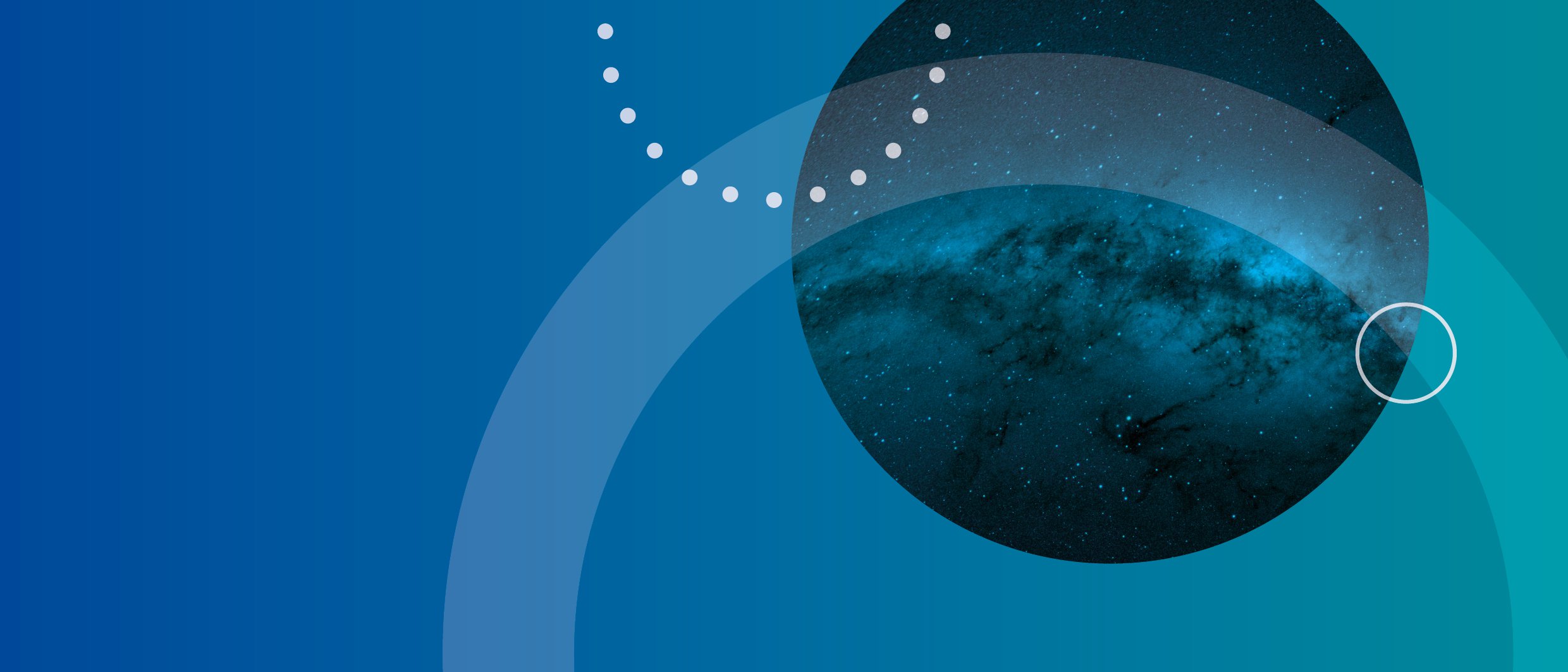
An initiative of leading scientists led by Prof. Dr. Günther Hasinger, Research Director of the European Space Agency (ESA), is campaigning for the establishment of the German Centre for Astrophysics (DZA), which is to be located in Lusatia. The initiative, which is supported by scientists from the Max Planck Society, the Leibniz Institute for Astrophysics Potsdam, the Helmholtz Association, including DESY, and the Technical University of Dresden, submitted its proposal for the new research centre to the ideas competition "Knowledge creates perspectives for the region!" organised by the Federal Ministry of Education and Research and the Free State of Saxony. The competition calls on outstanding scientists to submit proposals for the establishment of large-scale research centres in order to determine the thematic orientation and the exact location of two new large-scale research centres in Lusatia in Saxony and in the Central German mining region.
Astrophysics is "booming". The branch of science combines high-tech with the creativity of brilliant minds. Half of the Nobel Prizes in physics in the last ten years went to astrophysicists. "New methods have been added to the classical methods of astronomy, whose "eyes" receive electromagnetic radiation. For example, gravitational wave telescopes that listen into space like "ears"," says Hasinger, the project's leading head. "With a German Centre for Astrophysics, we would take up the impetus of this research field for Germany. We therefore propose to found the German Centre for Astrophysics (DZA) in Lusatia, where we combine eyes, ears and brain," says Hasinger, who is also available as founding director for the centre. The German Centre for Astrophysics can have a lasting impact on and help shape structural change in Lusatia, create jobs in various fields and form cooperative ventures with research centres in the Czech Republic and Poland. It would be a milestone for research and technology in the region in the middle of Europe.
The concept of the DZA rests on three pillars: First, the data streams of future large telescopes, such as the Square Kilometre Array and the Einstein telescope, are to be bundled and processed in Saxony. They account for several times the data traffic on today's internet and require new technologies. The centre is intended to tame the data tsunami and in this way also accelerate the digitisation of Germany. "A core task in the SKA is to extract the share of physically interesting data already during data collection and to reduce the immense amounts of data to an acceptable level. But the analysis of intermediate and end products also places high demands on the data infrastructure. Currently, there is no infrastructure in Germany that fully meets these requirements," explains Hermann Heßling, chairman of the Association for Data-Intensive Radio Astronomy and professor at the Berlin University of Applied Sciences.
The second pillar will be a technology centre where, among other things, new semiconductor sensors, silicon optics and control techniques for observatories will be developed. Building on the experience and modern environment of industry in Saxony, this will create new companies and further high-quality jobs through spin-offs. "Astronomy has repeatedly shown that it is not only a fascinating science for all, but also a driver of innovation. The DZA can therefore have an enormously broad appeal in Saxony and beyond," says Michael Kramer, Director at the Max Planck Institute for Radio Astronomy and President of the Astronomical Society.
Thirdly, the location of the European gravitational wave observatory "Einstein Telescope", which is already in the planning stage, is to be examined in the Granit-Stock of Upper Lusatia. "The Granit-Stock offers ideal conditions, the construction of the telescope below the earth's surface would tie in with the region's mining tradition and would be an international lighthouse project," explains Christian Stegmann, DESY Director for Astroparticle Physics and supporter of the DZA.
Prof. Dr. Günther Hasinger, ESA Director of Science, Head of ESAC
Prof. Dr. Michael Kramer, Direktor am Max-Planck-Institut für Radioastronomie und Präsident der Astronomischen Gesellschaft
Prof. Dr. Christian Stegmann, Direktor für Astroteilchenphysik, Deutsches Elektronen Synchrotron – DESY
Prof. Dr. Matthias Steinmetz, Wissenschaftlicher Vorstand und Vorsitzender des Vorstands,Leibniz-Institut für Astrophysik, Potsdam
Prof. Dr. Wolfgang E. Nagel, Direktor des Zentrums für Informationsdienste und Hochleistungsrechnen, Technische Universität Dresden